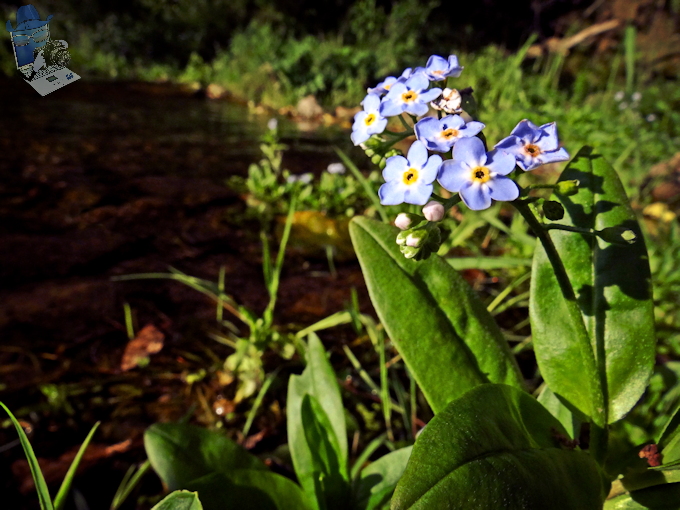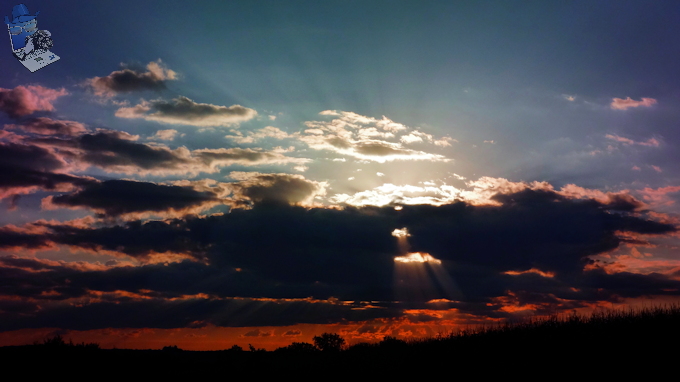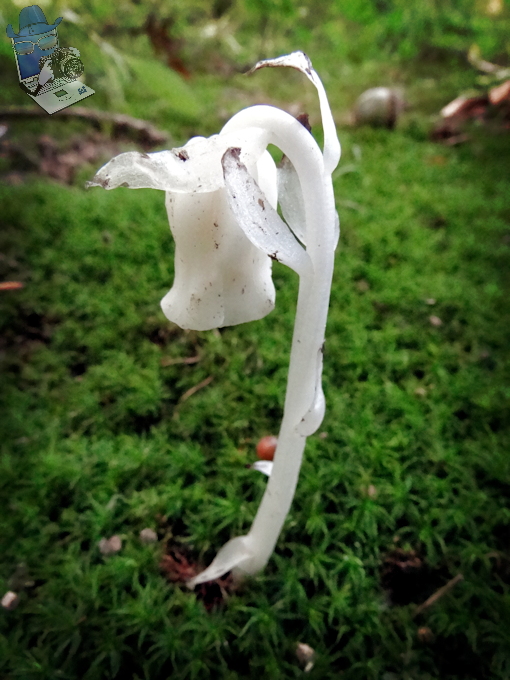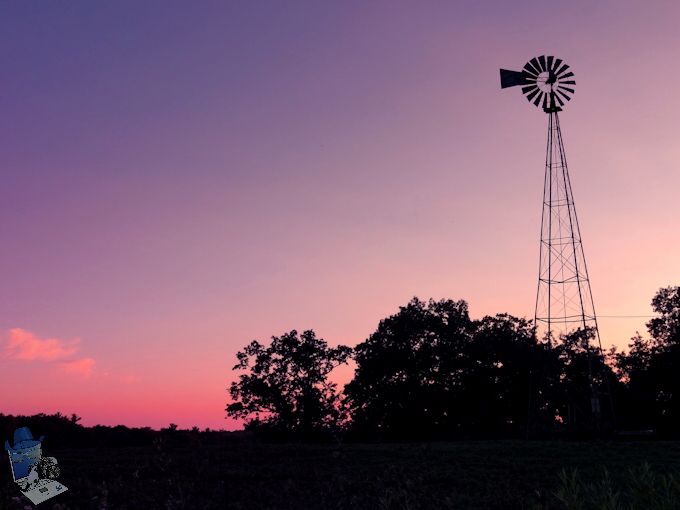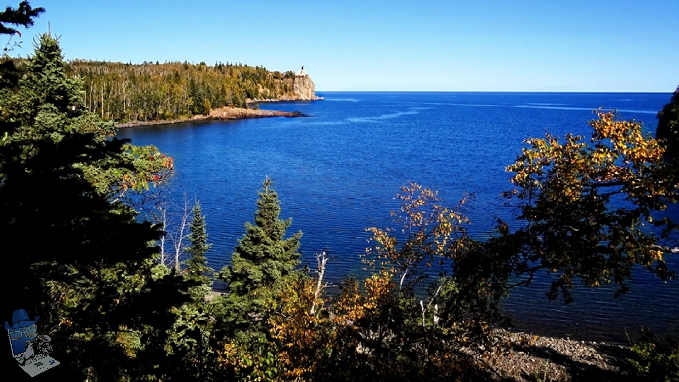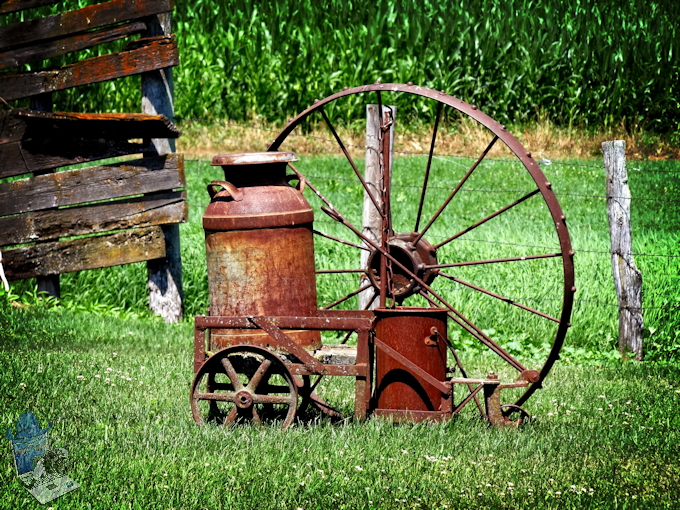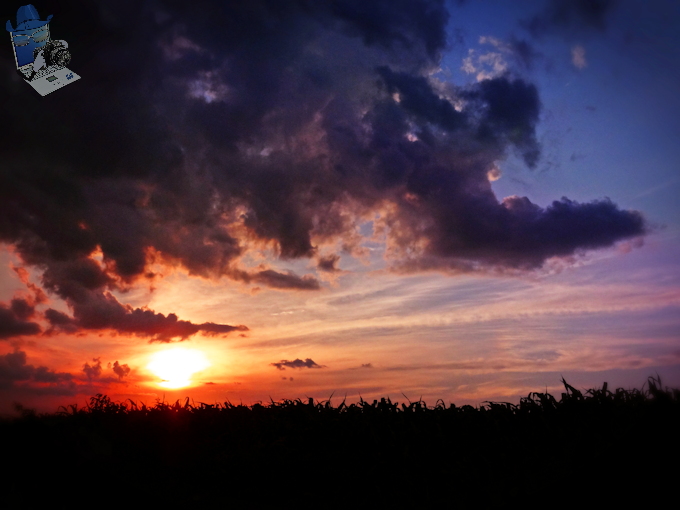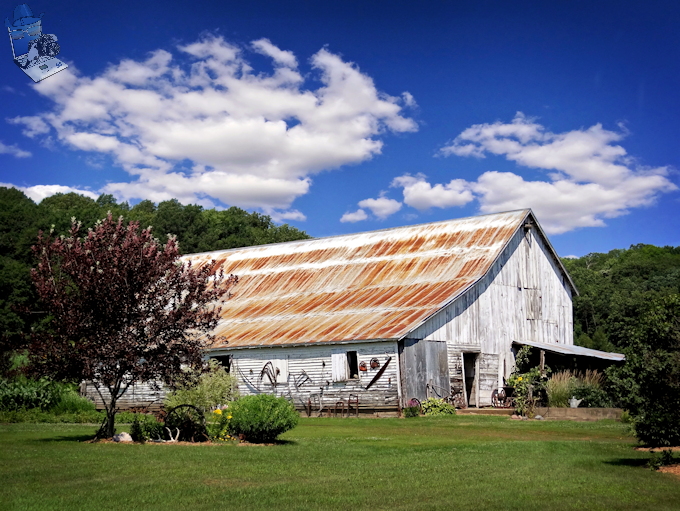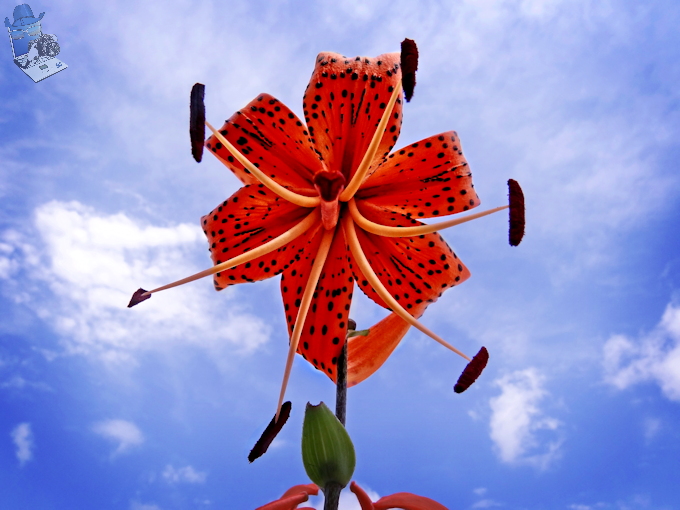I finally made it back down to the nice little creek where all the Forgot-me-nots were blooming but had been distracted with other things to see the last time, like the fish swimming in the creek and the rock wall that I posted last month.
The human eye can pick up all the little, tiny blue flowers along the banks but the camera just can’t do justice to the scene, especially after scaling the picture down to post. But it was a very lovely sight to see, but for today’s post, I’ll use a close up of one stem of the tiny flower.
In an earlier post I mentioned the German legend how the flower was named ( I’ll repeat that legend at the bottom) but another legend says “The Christ Child was sitting on Mary’s lap one day and said that he wished that future generations could see her eyes. He touched her eyes and then waved his hand over the ground and blue forget-me-nots appeared, hence the name forget-me-not.”
Course not all the legends have a happy ending as in Mill’s “History of Chivalry”. The lover, when trying to pick blossoms of the myosotis for his lady-love, was drowned, his last words as he threw the flowers on the bank being “Forget me Not.”
Another theory suggests because the leaves taste so bad, once you have eaten them, you will never forget them.
I still like the German legend the best, after the earth was created, God went to each plant and animal and gave each a name. As God finished and was getting ready to leave, he heard a little voice at his feet saying “what about me?” He bent down and picked up the little plant whom he had forgotten, and said “Because I forgot once, I shall never forget you again, and that shall be your name.”
Forget-Me-Nots
